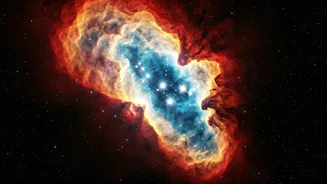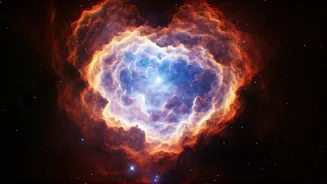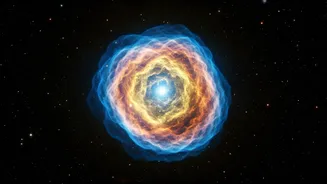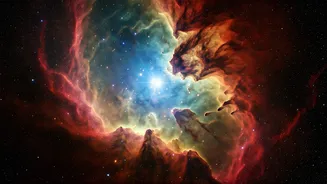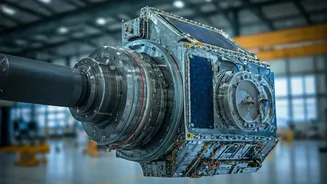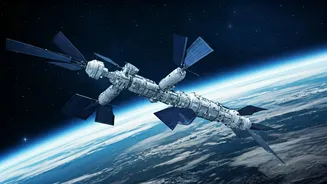Cosmic Wonders Unveiled
NASA's ongoing mission to explore and document the cosmos has gifted humanity with countless breathtaking images. The agency's dedication to capturing
the beauty and complexity of space allows us to witness phenomena that were once beyond our comprehension. Each image is a testament to the advancements in technology and the relentless pursuit of knowledge. These aren't just pictures; they're windows into the universe, allowing us to see galaxies, nebulae, and celestial events with unprecedented clarity. The images often showcase the intricate details of distant galaxies, the vibrant colors of nebulae, and the dynamic processes shaping the cosmos. These visual representations not only enhance our understanding of the universe but also inspire a sense of wonder and curiosity about our place within it.
Earth from Above
Alongside the exploration of space, NASA also provides stunning imagery of our planet. These images, often taken from satellites and aircraft, offer unique perspectives on Earth's landscapes, weather patterns, and environmental changes. They offer invaluable data for understanding climate change, monitoring natural disasters, and managing resources. The ability to see Earth from above allows scientists to track the movement of weather systems, study the impact of deforestation, and observe the growth of cities. These images are essential for conservation efforts and environmental research, providing a global view of our planet. They highlight the beauty of Earth while also showcasing the need for responsible stewardship of its resources. NASA's Earth observation programs contribute significantly to environmental awareness and sustainable practices.
Technology and Innovation
The creation of these stunning images relies on advanced technology and continuous innovation. NASA's scientists and engineers design and build sophisticated instruments, such as telescopes and cameras, capable of capturing light from distant objects and providing detailed views of Earth. These advancements allow us to see the cosmos in ways never before imagined. This includes telescopes that can capture light from far away. The data collected by these instruments is then processed and analyzed, often resulting in images that reveal new information about the universe. NASA's commitment to pushing the boundaries of technology drives progress in fields such as optics, electronics, and data processing. The agency's innovative approach fosters development in a wide range of scientific and engineering fields.
Inspiring Future Generations
NASA's images have a profound impact on society, inspiring a sense of wonder and igniting curiosity about the universe. They are instrumental in engaging the public and particularly motivating the younger generations. The images are a source of inspiration for students, encouraging them to pursue careers in science, technology, engineering, and mathematics (STEM). By showcasing the beauty and complexity of the cosmos, NASA motivates people to learn and explore. The agency supports educational programs, offers resources, and engages in outreach activities to make its discoveries accessible to everyone. This widespread engagement not only promotes scientific literacy but also encourages people to appreciate the importance of space exploration and scientific inquiry. NASA's visual storytelling plays a crucial role in cultivating future scientists, engineers, and explorers.
A Visual Journey
The images shared by NASA serve as a visual journey through space and time, inviting viewers to explore the wonders of the universe. From the colorful swirls of a nebula to the vastness of a distant galaxy, each picture tells a story. The imagery provides a fresh perspective and encourages people to look beyond what is familiar. These visuals offer a constant reminder of the incredible nature around us. They showcase the vastness of the cosmos and the beauty of Earth. Each image provokes thought and encourages us to consider our place in the universe. The ability to access and appreciate these images is a testament to humanity's capacity for exploration, discovery, and the ongoing quest to understand the mysteries of space.
